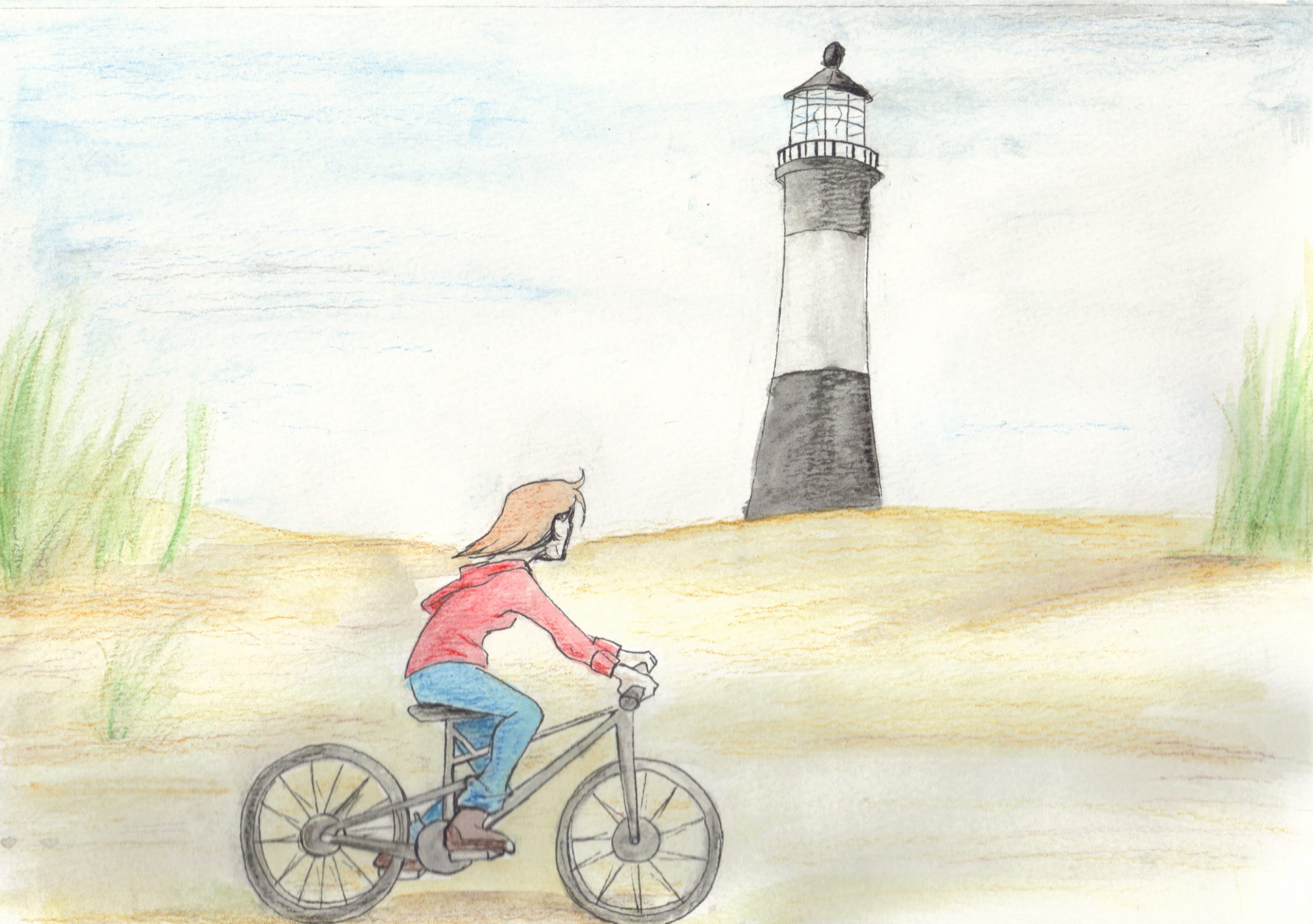 Traveling down the East Coast this summer? If you’re taking I-95, why don’t you try some of these locations that offer something more exciting than your usual rest stops?
Traveling down the East Coast this summer? If you’re taking I-95, why don’t you try some of these locations that offer something more exciting than your usual rest stops?
Sharon, Massachusetts
Picking Farm-fresh Berries
Ward’s Berry Farm in Sharon, Massachusetts, is the perfect stop for lunch. The family-owned farm and roadside market features fresh fruits and vegetables, along with home-baked artisan breads, gourmet cheeses, homemade jams, and fruit baskets. Enjoy
a great meal at the sandwich counter and deli and then check out the soft-serve ice cream and slushies at the smoothie bar.
If you’re not hungry for a full meal, you can take advantage of their “pick-your-own” policy for in-season strawberries, blueberries, and raspberries. While eating delicious food, you can also enjoy the beautiful greenhouse, which is filled with bedding plants, hanging baskets, and perennials during the summer.
Admiring City Sights and Nature Views
In the Wilmington area, I-95 passes right through the Russell W. Peterson Urban Wildlife Refuge, one of the only urban refuges in the country. This beautiful haven has been restored in the last ten years and now contains 212 acres of protected urban wetland. Meant to help city-dwellers gain interest in the natural world around them and to reestablish species that once thrived in the area, this is a place where city, river, and marsh meet. Visiting this sight will not only provide you with beautiful and unique views, but will also teach you about the way human actions can affect the world around us.
There are many ways you can see the refuge: visit the Dupont Environmental Education Center to learn more about the wildlife in the refuge; paddle the tidal Christina River, a source of drinking water for more than four hundred thousand people; or simply enjoy the view by taking the Wilmington River Taxi, which operates from April to October.
Richmond, Virginia
Taking a Walk into the Past
If you want to see all that Richmond has to offer, you should plan to spend a week there. But if you’ve got only an afternoon, a must-see for anyone with an interest in American history is the Museum of the Confederacy. This place documents the history of Richmond during the Civil War and contains photos, artifacts, and flags
from the period. (A small fee is charged for admission.) While an afternoon may not be enough to see everything, it is definitely worth visiting, even if you catch only a glimpse.
South of the Border, South Carolina
Visiting a Rest Stop of Mexican Culture
The best way to describe this town is Dixie meets Old Mexico. Here you can enjoy rich Mexican food, buy all kinds of fireworks in the summer, and soak in the quaint local atmosphere. The town even has a mascot, Pedro, a mustached caricature who wears an oversized sombrero. Keep your eyes open for the 200-foot tower wearing a sombrero and drive between the legs of a smiling Pedro statue as you enter town.
Savannah, Georgia
Adventuring Outdoors on Tybee Island
Tybee Island is a secluded little place tucked away just 20 minutes outside of Savannah, Georgia. The island boasts miles of beach and offers lovers of the outdoors the opportunity to go fishing, biking, or kayaking. Forgot your bike or kayak? No problem! There are places to rent them on the island. Just don’t forget to bring your camera to capture the beautiful scenery you’ll see.
Talking with Colonials
St. Augustine may be a few miles off I-95, but as the oldest city in the United States, it’s well worth the visit. Many of the buildings and attractions reflect the city’s Spanish heritage. During the city’s early years as a Spanish outpost, Castillo de San Marcos, Fort Mose, and Fort Menendez provided protection for the original Spanish settlement. You can visit all three of these sites, but Castillo de San Marcos is probably the most impressive. Built from coquina, virtually indestructible limestone comprised of broken seashells and coral, the castillo took 23 years to build and has withstood enemy attacks and 300 years of violent storms.
To immerse yourself even further into the town’s history, you can visit the Colonial Spanish Quarter, a living history museum. Historical interpreters in costume depict everyday life of 1740s St. Augustine, when the city was a distant outpost of Spain’s vast empire. A conversation with the town blacksmith or a soldier’s wife will take you back in time to an age before interstates and
car trips.
—Tyler Beckstrom and Lydia Ross




Wow. I’ll have to ask my husband if he visited this when he was in St. Augustine. What a treasure trove of history! I also enjoyed your flamingo photo: colors, reflections, and the main bird is leaving a wake behind him!